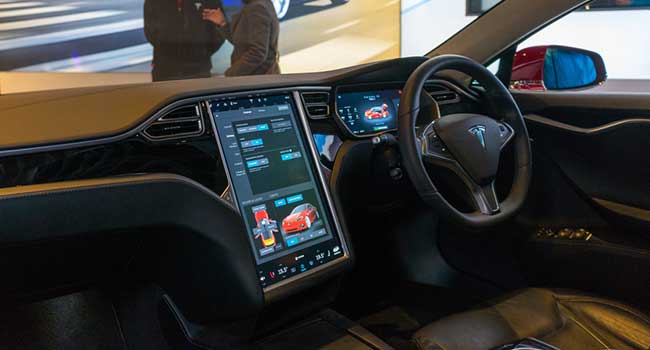
UK Issues Strict Security Guidelines for Connected Vehicles
Say it with me, “If it is connected to the internet, it can be hacked.”
The UK is well aware of this fact and is trying to make it as difficult as possible for a hacker to gain access to a vehicle connected to a network.
The British government just issued tougher guidelines for the security of these cars. It wants security to be part of the design process across every partner involved in building the car – even at the board of director’s level.
The government also stated that the cars need to be kept updated throughout their lifespans to decrease the chances of vulnerability.
UK officials called for a “defense-in-depth” strategy that minimizes vulnerabilities, such as walling off systems to limit the damage of a hack, and very limited use of personal data that gives you control over what the car transmits.
In addition to the security inside the car, the government is also hoping to build a new “framework” for self-driving car insurance, making it clear who pays when an autonomous car crashes.